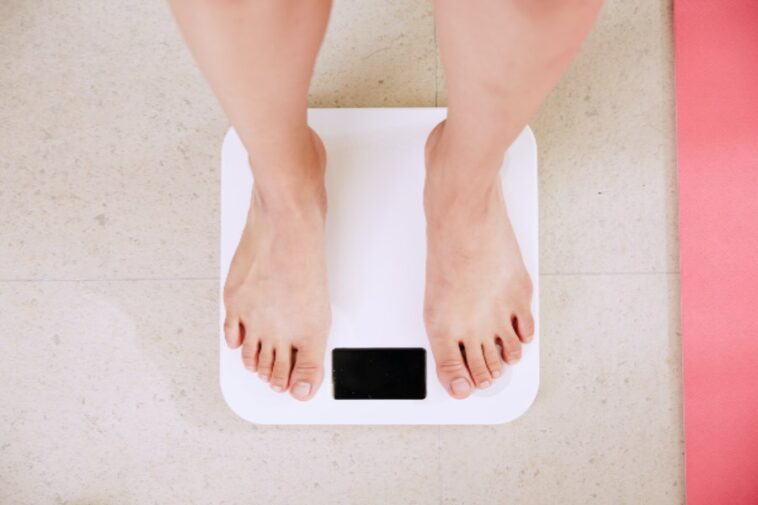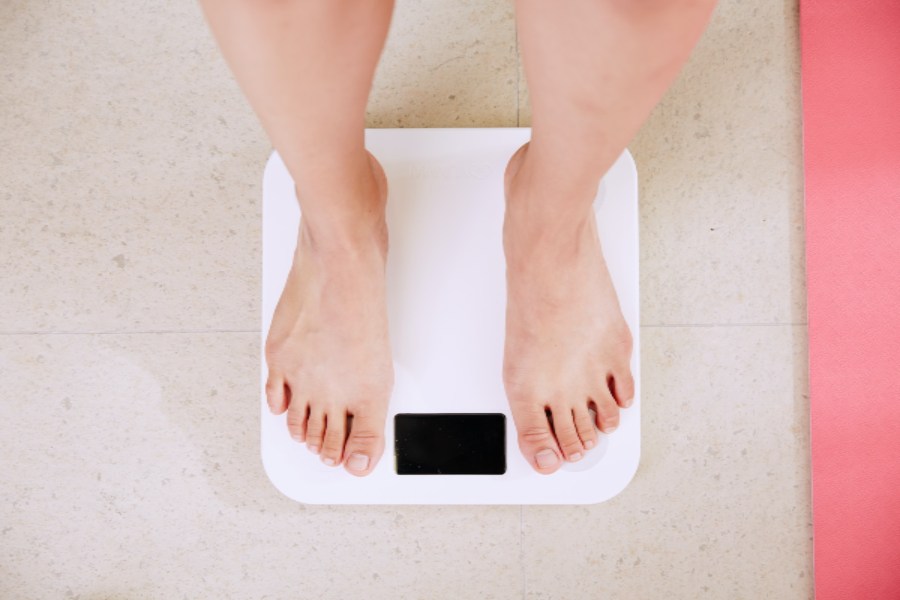In today’s fast-paced world, achieving a daily calorie burn of 3000 might sound like an insurmountable feat. However, it’s a goal that can be attainable with the right strategies and commitment. Whether you’re looking to shed excess weight, enhance your fitness level, or simply boost your daily energy expenditure, this comprehensive guide will provide you with the insights and practical steps needed to burn 3000 calories a day. From understanding the science of calorie expenditure to tailoring your diet, exercise routine, and lifestyle, this article will empower you to embark on a transformative journey toward a healthier, more active you.
How To Burn 3000 Calories A Day?
Burning 3000 calories a day is an ambitious goal that requires careful planning and dedication. Here’s a step-by-step guide to help you achieve it:
Diet and Nutrition:
- Balanced Diet: Consume a balanced diet that includes lean proteins, complex carbohydrates, healthy fats, and plenty of fruits and vegetables.
- Calorie Deficit: Create a calorie deficit by consuming fewer calories than you burn. Track your daily calorie intake using a food diary or a mobile app.
- Small, Frequent Meals: Eat smaller, more frequent meals to maintain energy levels throughout the day.
- Hydration: Stay well-hydrated, as dehydration can negatively impact your metabolism.
Effective Exercise Strategies:
- Cardiovascular Workouts: Engage in cardiovascular exercises like running, cycling, swimming, or rowing to burn calories efficiently. High-Intensity Interval Training (HIIT) can be particularly effective.
- Strength Training: Incorporate strength training exercises into your routine to build lean muscle mass. Muscle burns more calories at rest than fat.
- Cross-Training: Mix up your workouts to prevent plateaus and boredom.
Work with a Trainer: Consider working with a fitness trainer to develop a personalized exercise plan.

Maximizing Daily Activity:
- Non-Exercise Activity Thermogenesis (NEAT): Incorporate more physical activity into your daily life, such as walking, taking the stairs, or standing instead of sitting.
- Active Commuting: Walk or bike to work if possible, or use public transportation that involves more physical activity.
- Household Chores: Engage in household chores and gardening to stay active.
- Stay Active at Work: Take regular breaks to stretch and move around if you have a sedentary job.
Recovery and Rest:
- Adequate Sleep: Ensure you get 7-9 hours of quality sleep each night, as lack of sleep can hinder calorie burning.
- Rest Days: Incorporate rest days into your routine to prevent overtraining and reduce the risk of injury.
- Stress Management: Manage stress through techniques like meditation, yoga, or deep breathing exercises.
Monitoring Progress:
- Track Calories Burned: Use fitness apps, wearables, or heart rate monitors to estimate and track the calories you burn during workouts.
- Journaling: Keep a journal to record your progress, including exercise routines, diet, and any changes in weight or body measurements.
The Importance Of Calorie Burning For Weight Management And Fitness
Calorie burning plays a pivotal role in weight management and overall fitness. Understanding its significance is essential for anyone striving to achieve and maintain a healthy lifestyle.
Calorie burning is at the core of weight management. To lose weight, you need to create a calorie deficit by burning more calories than you consume. Conversely, if you aim to gain weight, you must consume more calories than you burn. This simple concept underscores the importance of calorie balance. Regular physical activity, combined with mindful eating, enables individuals to achieve their desired weight goals. Moreover, burning excess calories can help reduce body fat and improve body composition, contributing to a healthier overall physique.
Engaging in physical activity, such as cardiovascular exercises and strength training, revs up your metabolism. Muscle tissue, in particular, is metabolically active, meaning it burns calories even at rest. The more lean muscle mass you have, the higher your resting metabolic rate, making it easier to maintain a healthy weight. Regular exercise also supports the body’s ability to manage blood sugar levels, which is crucial for preventing conditions like diabetes and metabolic syndrome.
Calorie-burning workouts like running, swimming, and cycling promote cardiovascular health. These activities strengthen the heart and improve circulation, reducing the risk of heart disease, stroke, and hypertension. Moreover, exercise helps to manage cholesterol levels and reduce inflammation in the body. As a result, calorie-burning exercises have a profound impact on overall cardiovascular fitness.
How To Monitor Progress?
Monitoring progress is a crucial aspect of any fitness or health journey. It allows you to track your achievements, make necessary adjustments, and stay motivated. Here are some effective ways to monitor your progress:
Keep a Workout Journal:
Record your workouts, including exercises, sets, repetitions, and the amount of weight lifted (if applicable). Note the duration and intensity of cardiovascular workouts. Include details such as the date, time, and location of your workouts. Many fitness apps and wearable devices can track your physical activity, calories burned, steps taken, and more. Set goals and regularly check your app or device to see how you’re progressing toward them.
Measure Body Metrics:
Track changes in your body measurements, such as waist circumference, hip circumference, chest size, and body fat percentage. Weigh yourself regularly, but keep in mind that weight fluctuations are normal and may not always reflect your progress accurately.
Take Progress Photos:
Periodically take photos of yourself from multiple angles to visually track changes in your physique. Compare these photos over time to see differences in muscle definition and body composition. Periodically retest your strength and endurance to evaluate progress. Try to lift heavier weights, perform more repetitions, or run longer distances, depending on your fitness goals.
Keep a Food Diary:
Track your daily food intake, including portion sizes and calorie counts, using a food diary or a mobile app. This can help you identify areas where you may need to make adjustments in your diet.
Set Milestones and Goals:
Establish short-term and long-term goals for your fitness journey.
Break these goals into smaller, achievable milestones.
Celebrate your achievements when you reach these milestones to stay motivated.
Listen to Your Body:
Pay attention to how your body feels during and after workouts.
Notice improvements in energy levels, sleep quality, and overall well-being.
Keep a Training Log:
If you’re an athlete or have specific performance goals, maintain a training log that includes details like workout intensity, duration, and any perceived challenges or improvements.
Regularly Review and Adjust:
Periodically review your progress data to identify patterns and trends. Use this information to make informed decisions about your workout routine, diet, and overall strategy. Be open to adjusting your plan as needed to continue making progress.
Consider consulting a fitness trainer, nutritionist, or healthcare provider for objective assessments and guidance. They can provide expert insights and recommendations based on your specific goals and progress.
Potential Risks And Considerations
As you embark on a journey to burn a significant number of calories daily, there are potential risks and considerations to keep in mind. Prioritizing your safety and well-being is crucial. Here are some important points to consider:
- Avoid Extreme Calorie Deficits: While creating a calorie deficit is necessary for weight loss, extreme deficits can be harmful. Consuming too few calories can lead to nutritional deficiencies, and muscle loss, and negatively impact your metabolism. Consult a healthcare professional or nutritionist to determine a safe and sustainable caloric intake.
- Overtraining Risks: Pushing yourself too hard with excessive exercise can lead to overtraining, which can result in fatigue, injury, and decreased performance. Ensure that you include rest days in your routine to allow your body to recover adequately.
- Listen to Your Body: Pay close attention to your body’s signals. If you experience persistent pain, fatigue, dizziness, or other discomfort during exercise, it’s essential to stop and seek medical advice if needed. Overtraining and injury risks increase when you ignore your body’s warning signs.
- Consult a Healthcare Professional: Before beginning any high-intensity exercise program or making significant dietary changes, consult with a healthcare professional. They can evaluate your health status and provide personalized recommendations.
- Preexisting Medical Conditions: If you have preexisting medical conditions, such as heart problems, diabetes, or orthopedic issues, be cautious when engaging in intense physical activity. Consult your healthcare provider to ensure your chosen exercise regimen is safe and appropriate.
- Proper Nutrition: While it’s crucial to create a calorie deficit for weight loss, it’s equally important to ensure that you’re still meeting your nutritional needs. Focus on consuming nutrient-dense foods that provide essential vitamins, minerals, and macronutrients.
- Hydration: Staying well-hydrated is essential for overall health and exercise performance. Dehydration can lead to fatigue, cramps, and heat-related illnesses. Drink an adequate amount of water throughout the day, especially during intense workouts.
Conclusion
Prioritizing safe and sustainable methods, along with monitoring progress and seeking professional guidance when needed, is essential. Embracing a balanced approach to diet, exercise, and overall well-being can lead to transformative results, helping individuals not only reach their calorie-burning goals but also enjoy lasting health and fitness benefits.
FAQs
Is It Safe To Burn 3000 Calories A Day?
It can be safe if done gradually and with professional guidance. Consult a healthcare provider to ensure it’s appropriate for your health and goals.
What’s The Best Exercise For Burning Calories?
High-intensity exercises like HIIT and cardiovascular activities such as running or cycling are effective for burning calories.
How Important Is Diet In Calorie Burning?
Diet plays a significant role. Creating a calorie deficit through a balanced diet is essential for sustainable weight loss and calorie burning.
Can I Burn Calories Without Formal Exercise?
Yes, daily activities like walking, taking the stairs, and household chores contribute to calorie burning through Non-Exercise Activity Thermogenesis (NEAT).
How Long Does It Take To See Progress?
Progress varies, but noticeable changes typically occur in a few weeks to a few months with consistent effort in diet and exercise. Patience is key.





